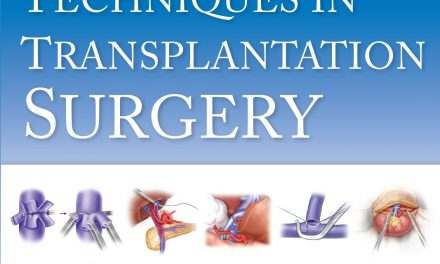 Authors: Katherine van Wormer and Diane Rae Davis
Authors: Katherine van Wormer and Diane Rae Davis
Publisher: Cengage Learning – 684 pages
Book Review by: Sonu Chandiram
In their dedication for this book, the authors express strongly that helping people fight their addiction to drugs takes much determination and dedication, a missionary zeal, and most important of all, cooperation from all those involved in the objective. This is what makes for effective teamwork. Nothing can better express the difficulty in helping people get off addictive drugs and get satisfaction from doing so, than what each author writes:
Katherine van Wormer dedicates this book to the “frontline workers in the field of addiction, to the men and women for whom substance abuse treatment is not only a profession but a mission, who so often ‘have been there’ themselves, persons who care so much that they may even burn out eventually, but who in the meantime will help save people from the demon that is addiction.”
Diane Rae Davis dedicates this book to her family members, and to the addicts who are helping themselves be helped, “the men who are taking their lives back from addition.”
With this book, the authors explain the real nature of addiction, present a back view, give biological perspectives, track the psychological bases of addiction, lay out its social aspects, and provide the available options for treatment of different types of addiction, including those not related to substance use.
To give you a broad overview of its contents, these are the subjects covered in this book:
• The Nature of Addiction
• Historical Perspectives
• Substance Misuse, Dependence and the Body
• Gender and Sexual Orientation Differences
• Gambling, Eating Disorders, Shopping, and Other Behavioral Addictions
• Addiction Across the Life Span
• Screening and Assessment
• Strengths – and Evidence-Based Helping Strategies
• Substance Misuse with a Co-occurring Mental Disorder or Disability
• Family Risks and Resiliencies
• Mental-Help Groups: A Strengths Perspective
• Race, Ethnic, Culture, and Class Issues
• Public Policy
The first edition of this book was published in 2003, and the second one in 2008. In the last decade since this book was first published, interest – among scholars and field workers in addiction treatment – has increased in the strengths-based approach, the authors point out.
Rapp and Goscha in 2006, and Gray in 2011 point out in their books that strengths-based practices are being adapted by mental health agencies and other fields of practice. Such work is impacting upon addicted populations who are being greatly helped with this new approach.
In their book, van Wormer and Davis emphasize the importance of bridging the existing gap between the traditional Twelve-Step approach on the one hand, and the teachings of harm reduction, on the other. To underscore the unique feature of their work, a bridge is shown on the book cover.
They write that the positive response to their first (2003) edition – which laid out the theoretical framework, and dealt on the theme of “harm reduction” was “gratifying.” So, write that for their second (2006) edition, “we bolstered our harm reduction emphasis in terms of policy and practice through a motivational enhancement model.”
Katherine van Wormer is affiliated with the University of Northern Iowa.
Diane Rae Davis is affiliated with Eastern Washington University.







